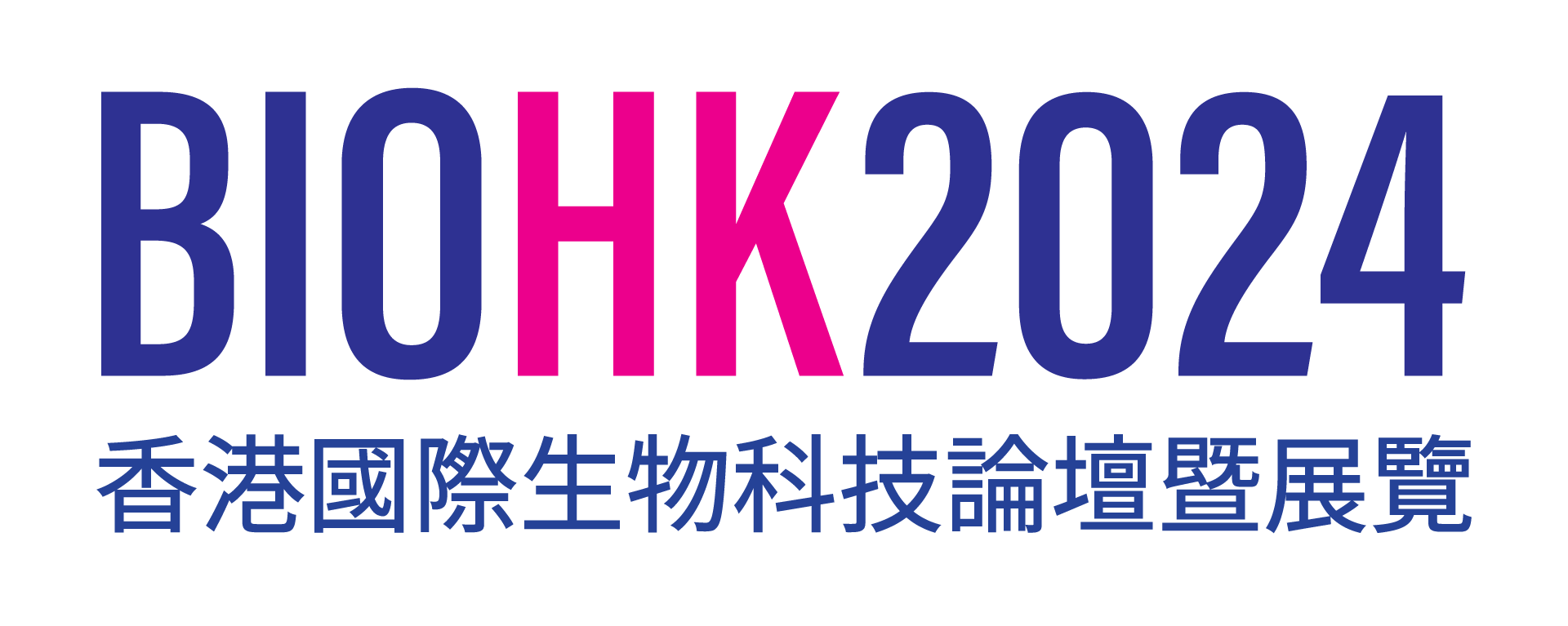Dr. Huang graduated from Fudan University in 1988,and then joined Jilin University for graduate studies. He then entered the University of California, Los Angeles through the China-United States Joint Biochemical Examination Program (CUSBEA) to conduct research on embryo transcription and biomorphogenesis in the fruit fly, and finished his Doctor of Science (PhD) degree in 1994. From 1994 to 1998, Dr. Huang received postdoctoral training in mouse genetics at the National Institutes of Health (NIH), National Cancer Institute (NCI). During this period, Dr. Huang was the first in the world to discover and report the way in which the two major intracellular transport systems of mammalian cells interact directly with each other, i.e., the two systems are directly linked through their motor proteins, kinesin and myosin. Dr. Huang set up his own laboratory in October 1998 at the University of Hong Kong, and he is now a Professor in the School of Biomedical Sciences at the University of Hong Kong. Over the past few years, Dr. Huang’s work has focused on recombinant DNA engineering, an engineering technique that allows for the efficient modification of deoxyribonucleic acid (DNA). He has provided experimental evidence explaining the mechanism of efficient DNA recombination, improved the efficiency of recombinant DNA engineering in E. coli and mammalian cells, and used this technology for genomics research. He began his research in synthetic biology in 2008, focusing on coding cells to synthesize artificial biological structures and using the artificially coded cells for biomedical research and development, such as vaccine development and cancer treatment.
Jiandong Huang


